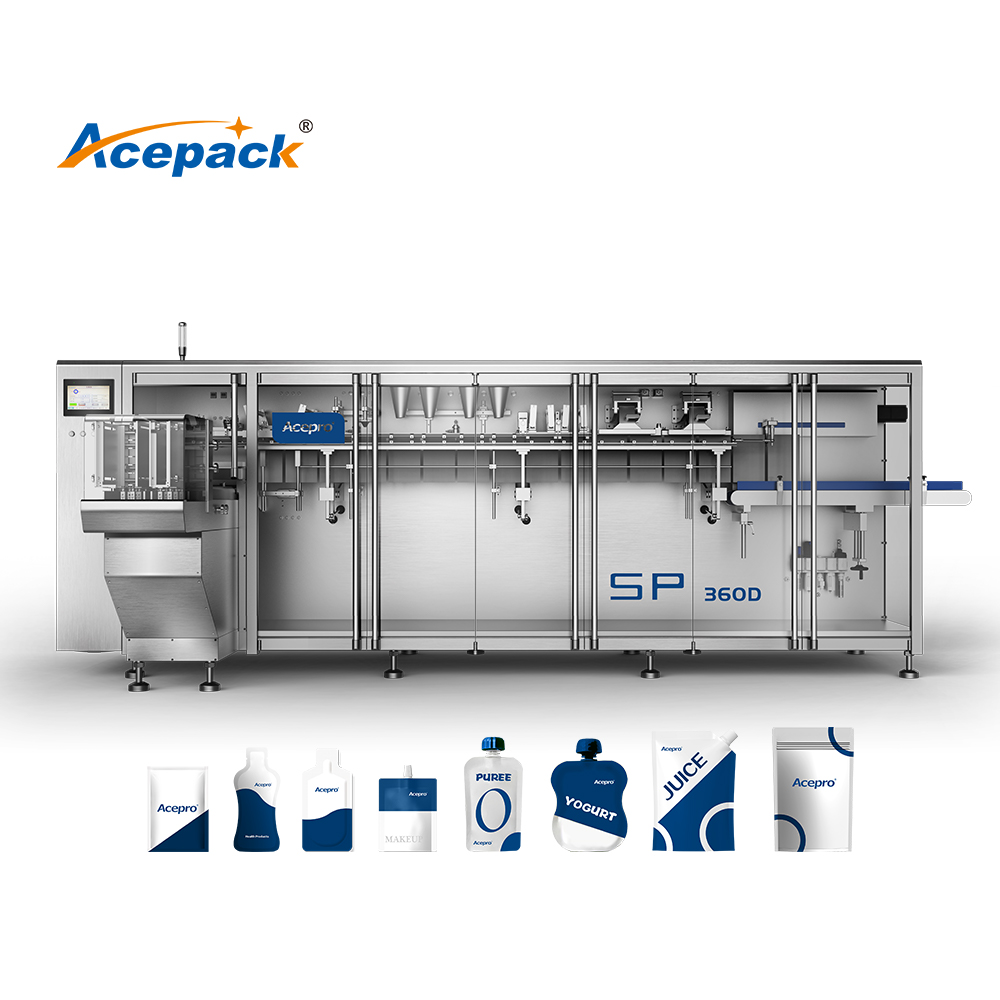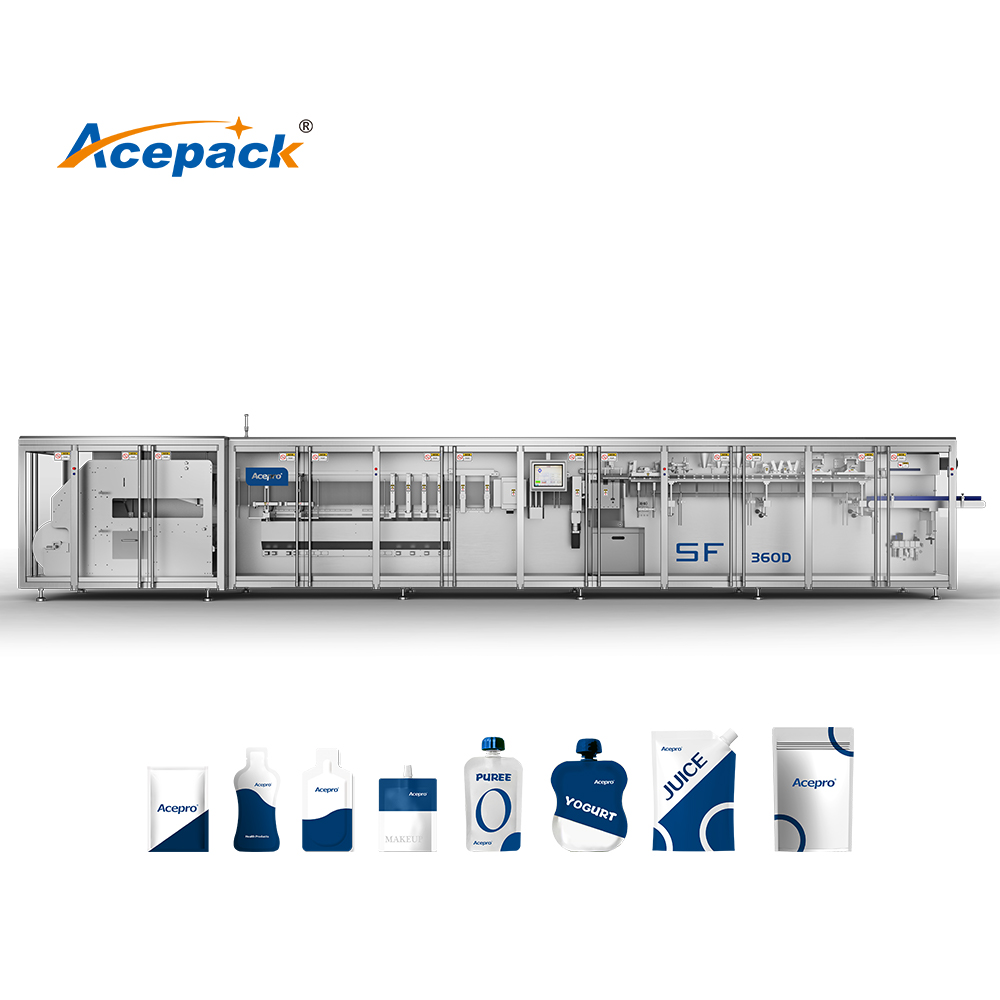
What is HFFS?
The Horizontal Form Fill Seal (HFFS) packing machine is designed to create packages from a flat roll of film. The process begins with the film being unwound and formed into a tube. The product is then filled into the tube, and the package is sealed horizontally. HFFS machines are particularly well-suited for products that require a stable base, such as stand-up pouches, which are increasingly popular in the flexible packaging market.
HFFS machines offer several advantages, including high-speed production capabilities and the ability to handle a wide range of product types. They are ideal for packaging items such as snacks, pet food, and other dry goods. The versatility of HFFS machines allows manufacturers to create various package sizes and styles, making them a valuable asset in the flexible packaging industry.
What is VFFS?
In contrast, the Vertical Form Fill Seal (VFFS) packing machine operates on a different principle. VFFS machines also use a roll of film, but the film is formed into a tube vertically. The product is then filled from the top, and the package is sealed at the bottom. This method is particularly effective for packaging products that are free-flowing, such as granules, powders, and liquids.
VFFS machines are known for their compact design and ease of use. They are often used in applications where space is limited, making them a popular choice for small to medium-sized businesses. Additionally, VFFS machines can achieve high speeds and are capable of producing a variety of package styles, including pillow bags and gusseted bags.

Key Differences Between HFFS and VFFS
-
Orientation of the Packaging Process: The most apparent difference between HFFS and VFFS machines is the orientation of the packaging process. HFFS machines operate horizontally, while VFFS machines operate vertically. This fundamental difference affects the types of products that can be efficiently packaged by each machine.
-
Product Types: HFFS machines are better suited for products that require a stable base, such as stand-up pouches. These pouches are designed to stand upright on store shelves, making them visually appealing to consumers. On the other hand, VFFS machines excel at packaging free-flowing products, such as grains and powders, which do not require a stable base.
-
Speed and Efficiency: Both HFFS and VFFS machines are capable of high-speed production, but the speed can vary depending on the specific application and product type. HFFS machines may have an edge in speed when packaging larger, bulkier items, while VFFS machines may be more efficient for smaller, lightweight products.
-
Flexibility in Packaging Styles: HFFS machines offer greater flexibility in creating various packaging styles, including stand-up pouches, which are increasingly popular in the flexible packaging market. VFFS machines, while versatile, are typically limited to more traditional bag styles, such as pillow bags.
-
Space Requirements: VFFS machines generally require less floor space than HFFS machines due to their vertical design. This makes VFFS machines an attractive option for businesses with limited space or those looking to optimize their production area.
The Role of Stand-Up Pouch Packing Machines
Stand-up pouches have gained significant popularity in recent years due to their convenience and aesthetic appeal. These pouches are often used for snacks, beverages, and other consumer goods. HFFS packing machines are particularly well-suited for producing stand-up pouches, as they can create a stable base that allows the pouch to stand upright on store shelves.
The use of stand-up pouches in flexible packaging not only enhances product visibility but also provides consumers with a resealable option, promoting product freshness. As sustainability becomes a growing concern, many manufacturers are also exploring eco-friendly materials for stand-up pouches, further driving the demand for HFFS machines that can accommodate these innovations.
Conclusion
In conclusion, the choice between HFFS and VFFS packing machines ultimately depends on the specific needs of the business and the products being packaged. HFFS machines excel in producing stand-up pouches and other flexible packaging solutions, while VFFS machines are ideal for free-flowing products. Understanding the differences between these two types of machines is essential for manufacturers looking to optimize their packaging processes and meet the evolving demands of consumers in the flexible packaging market. As the industry continues to innovate, both HFFS and VFFS machines will play a vital role in shaping the future of packaging.




